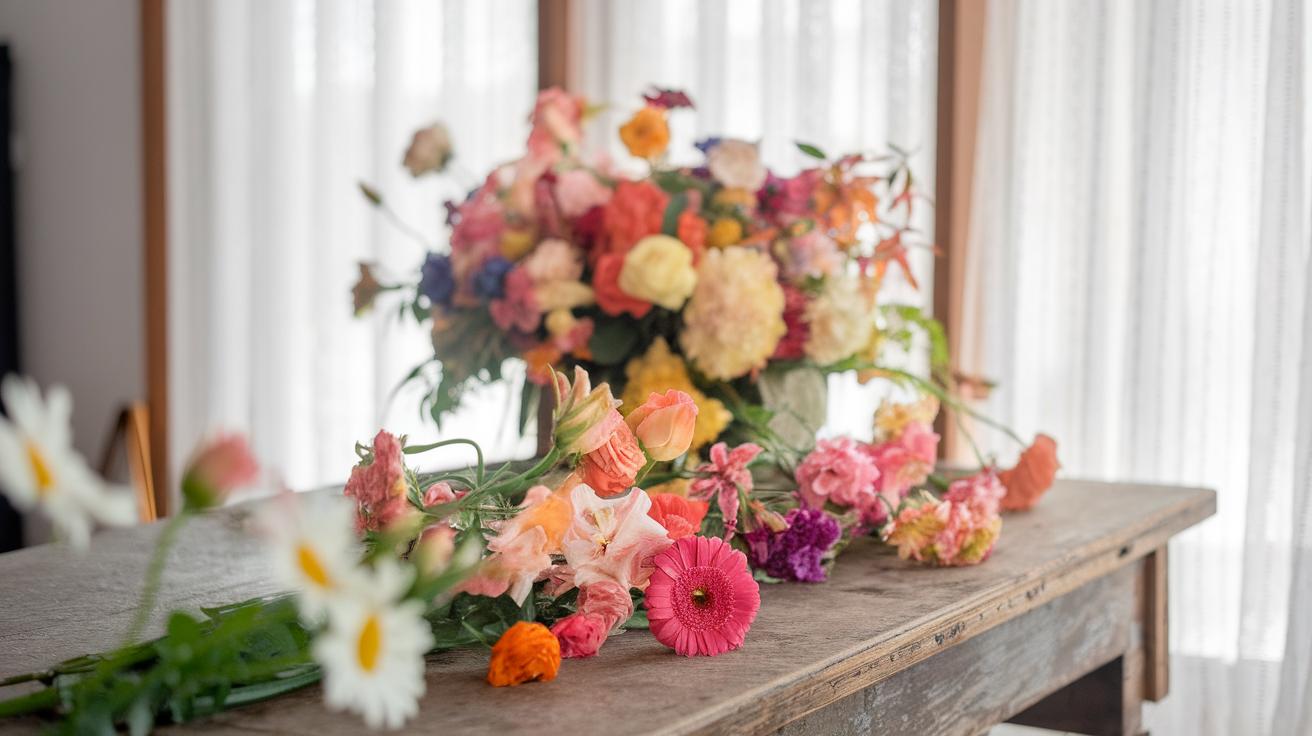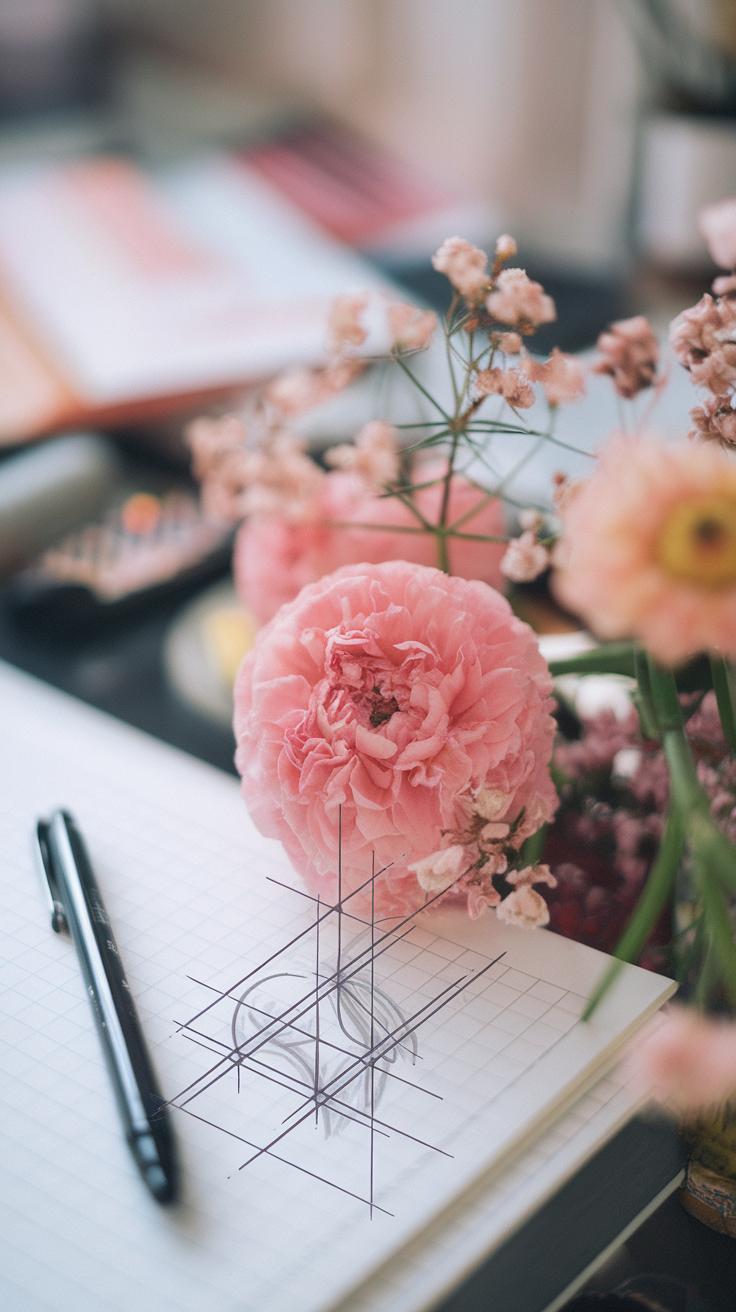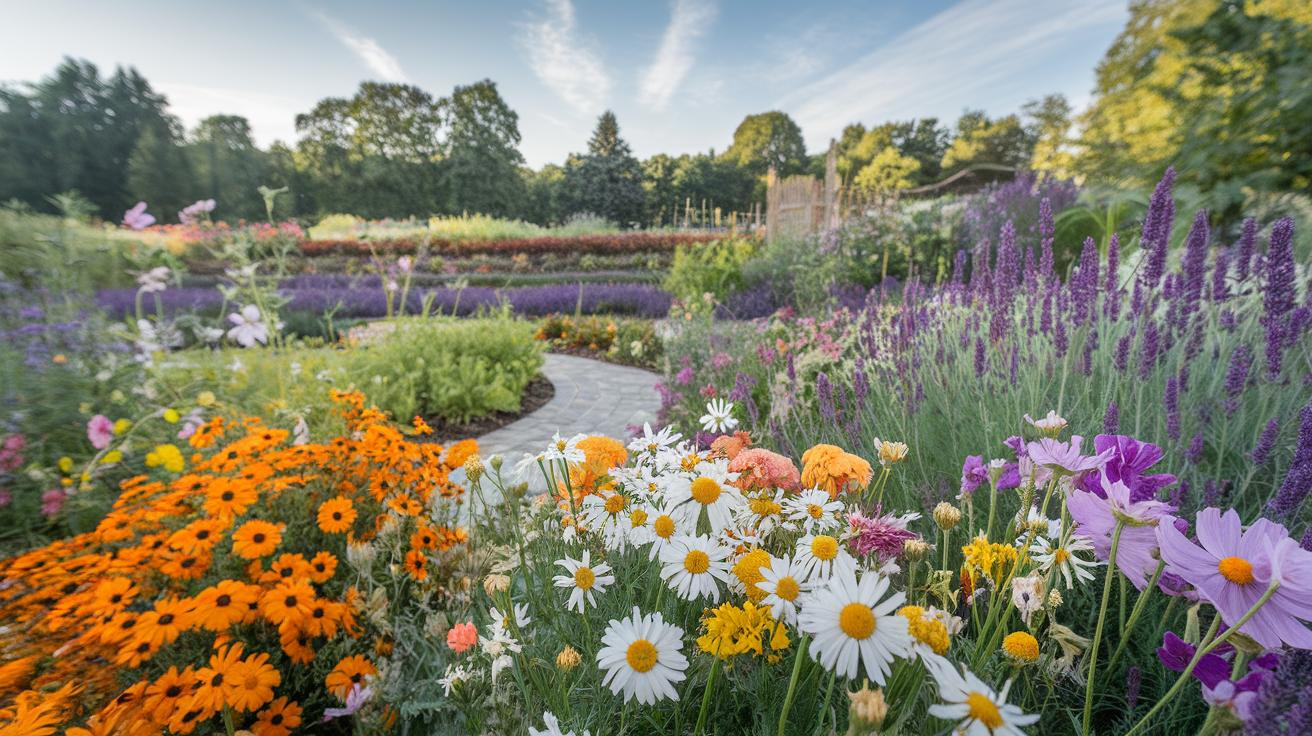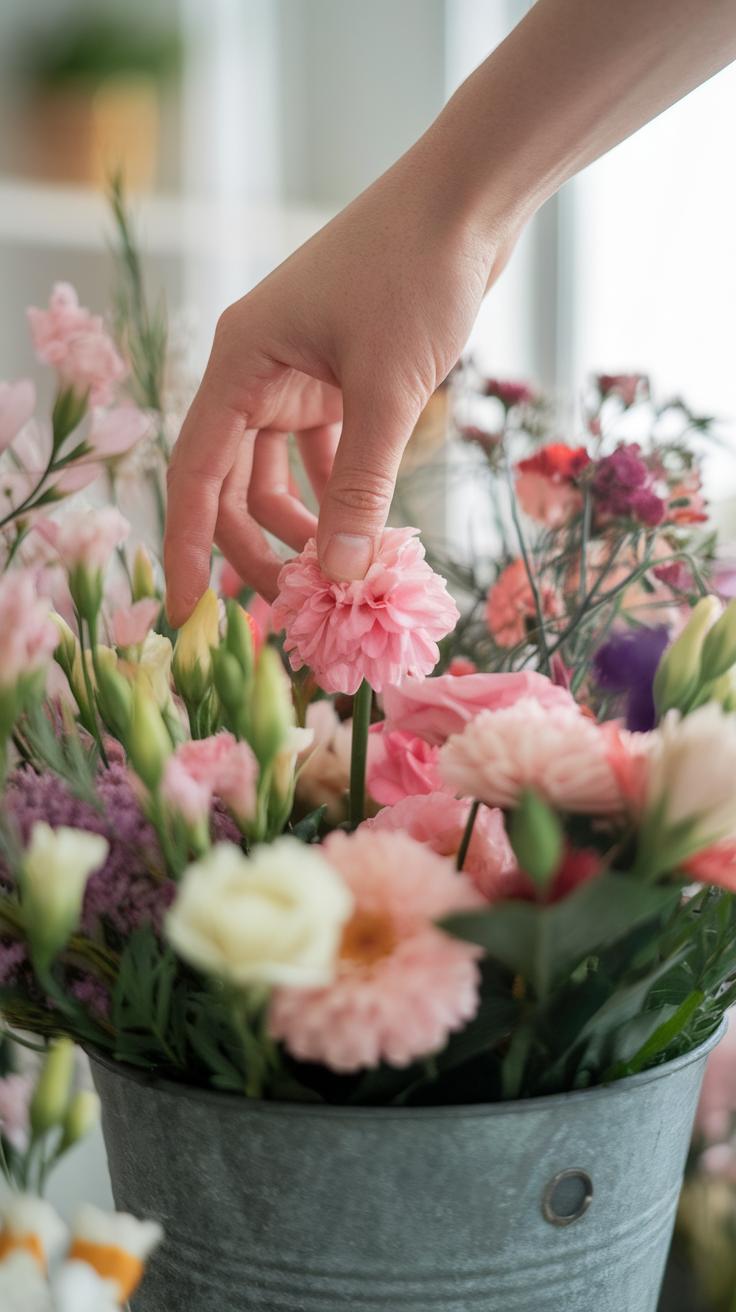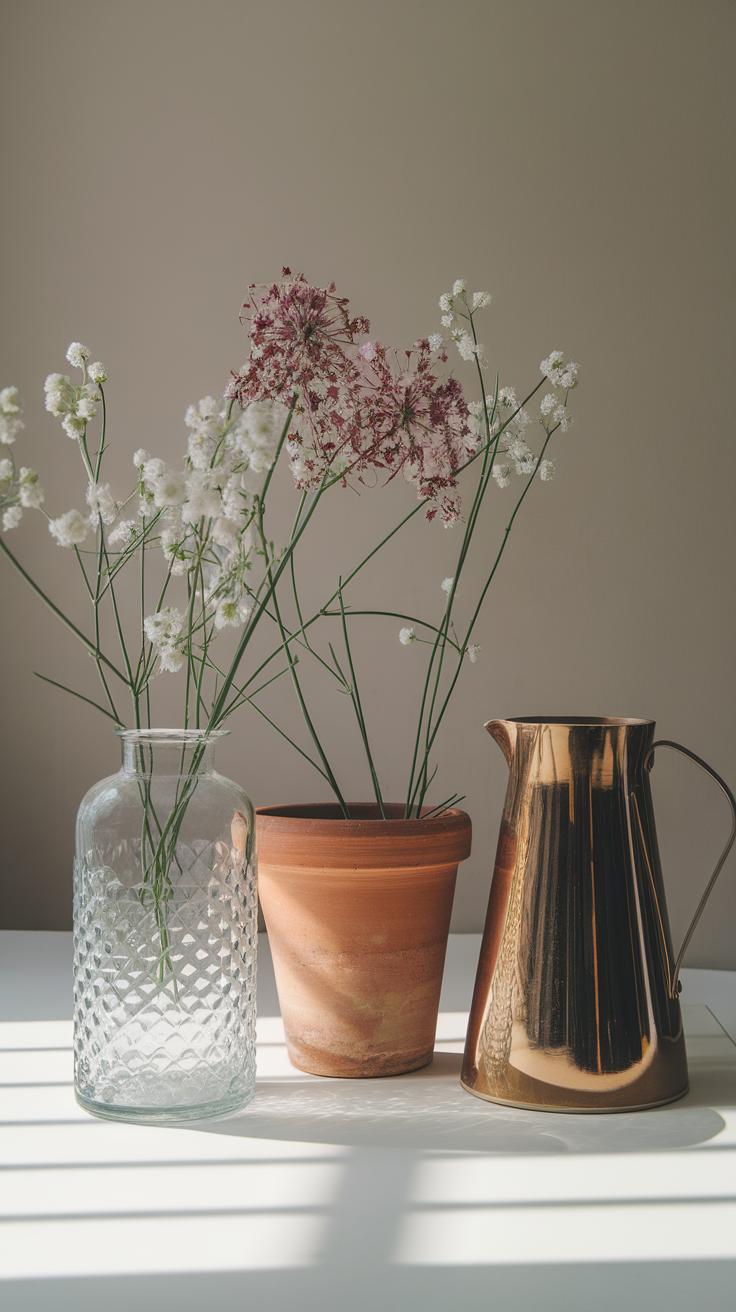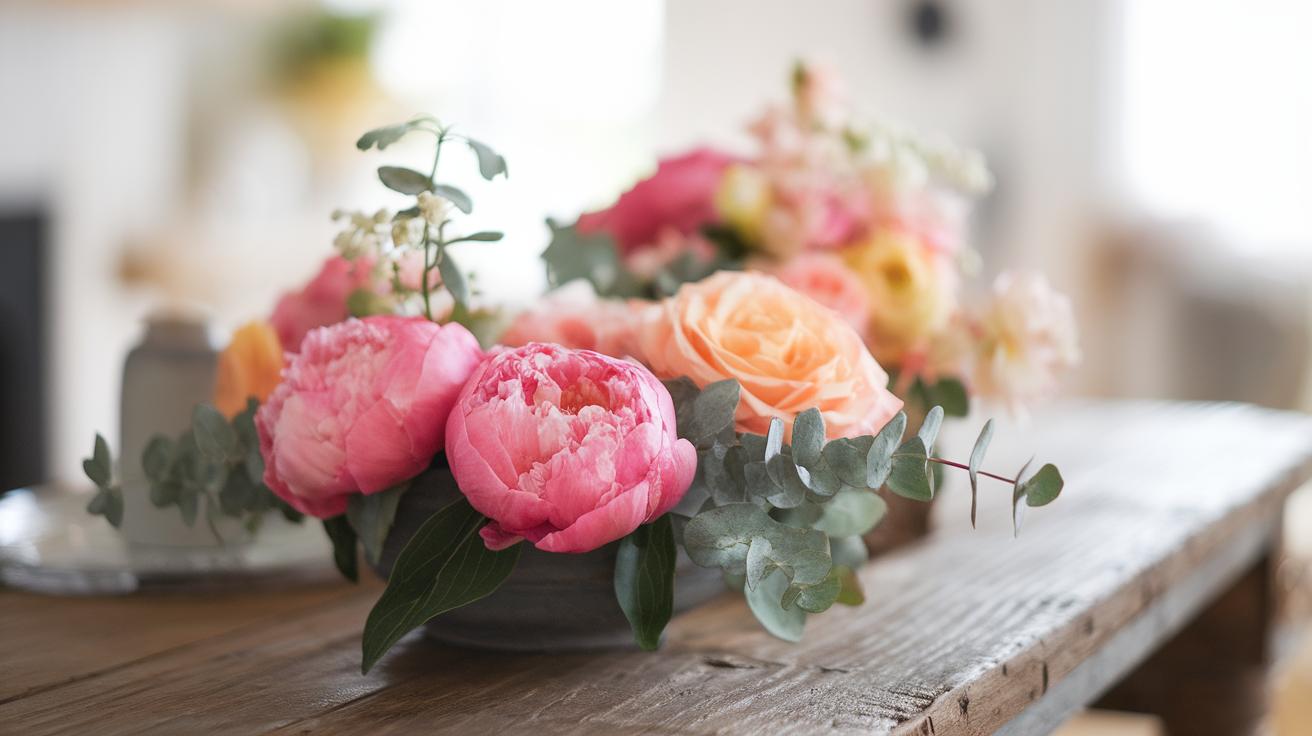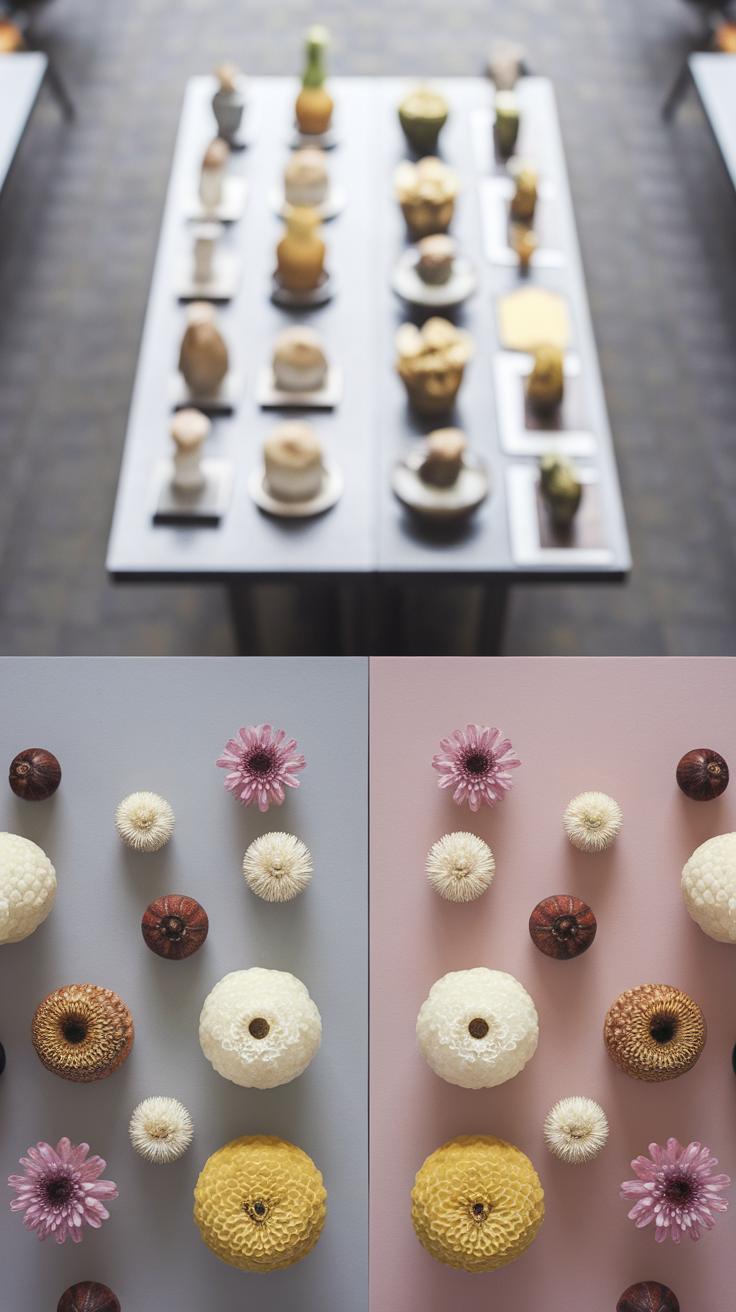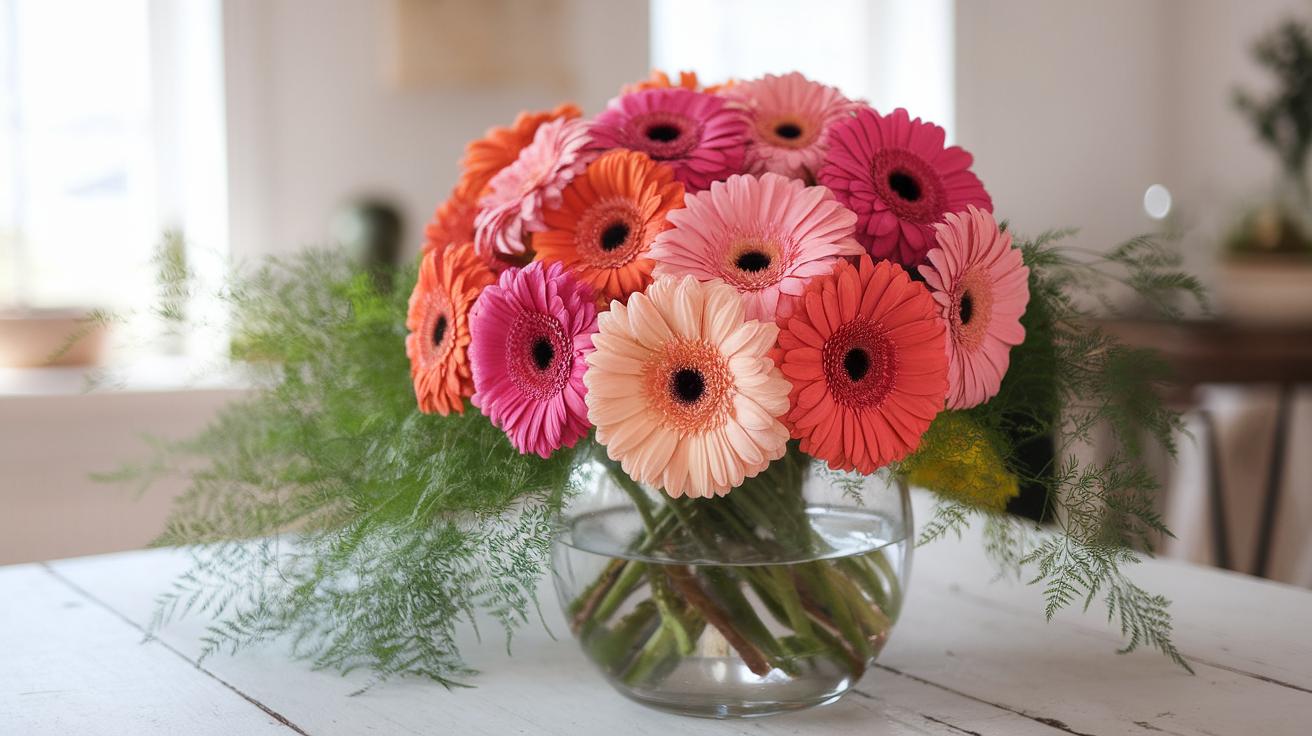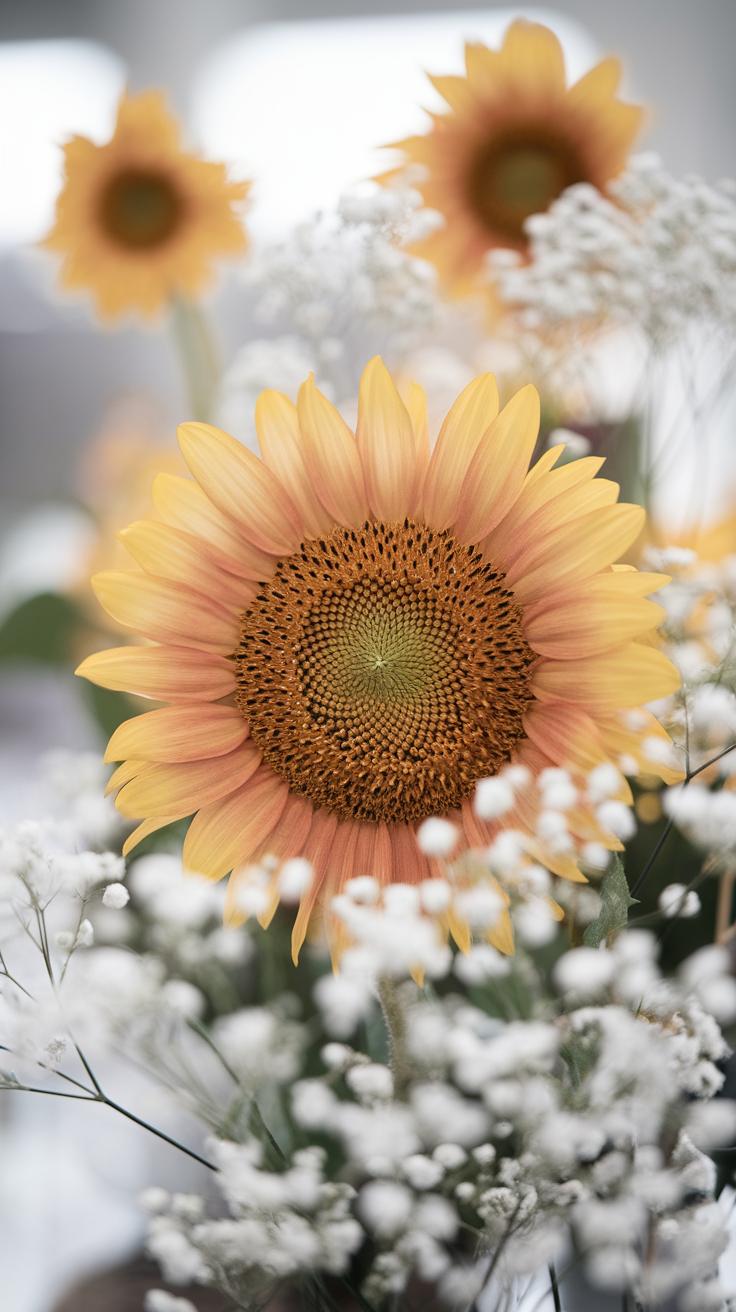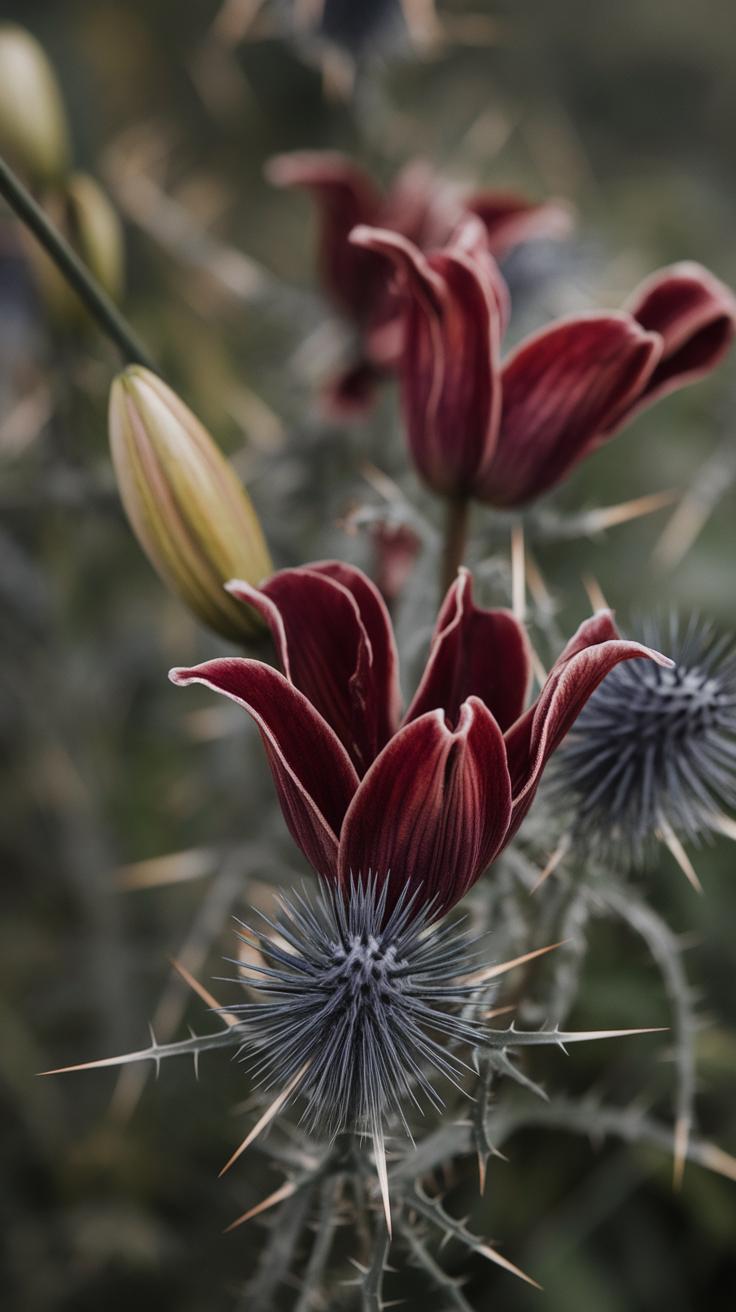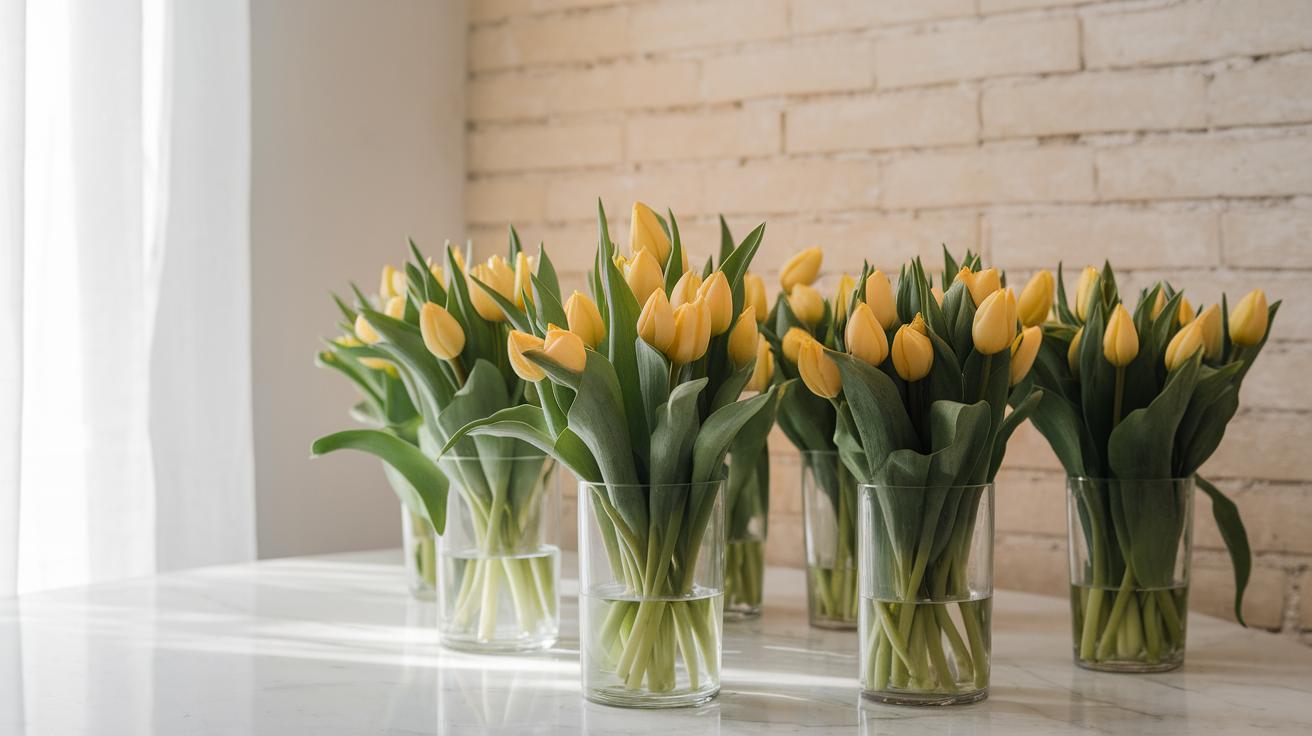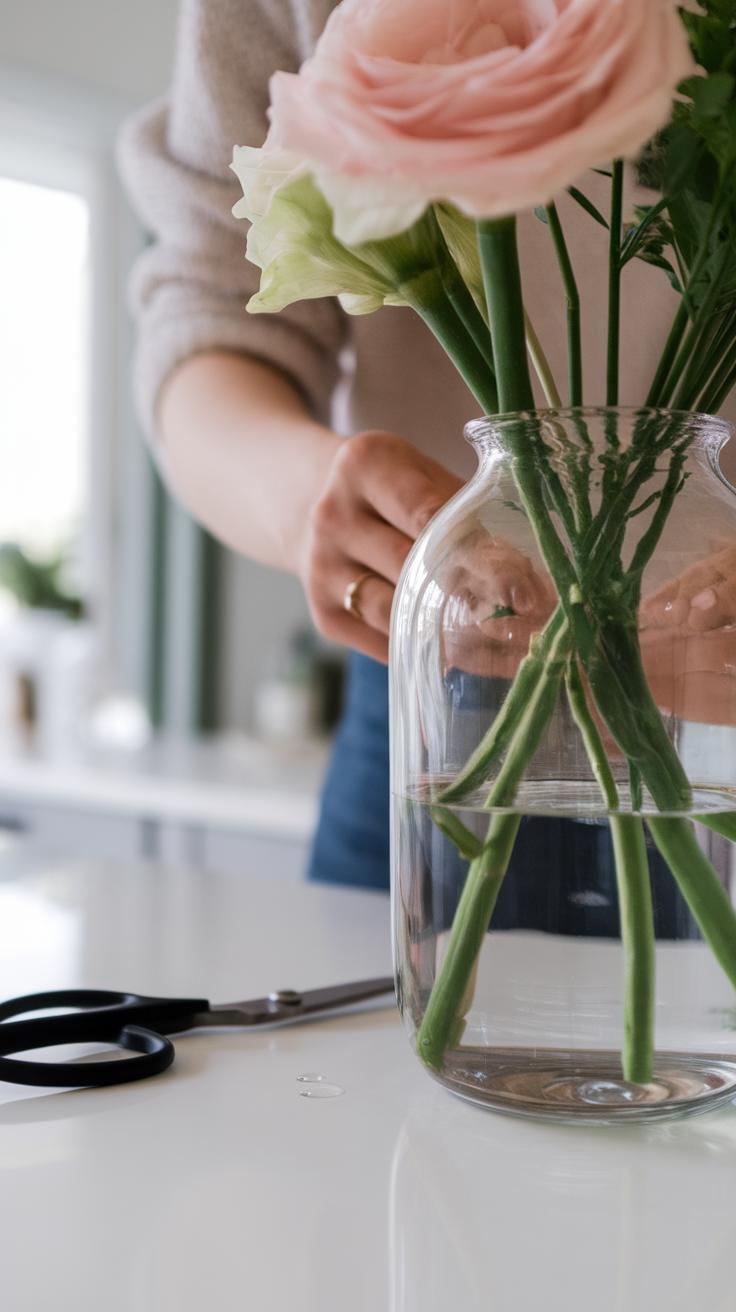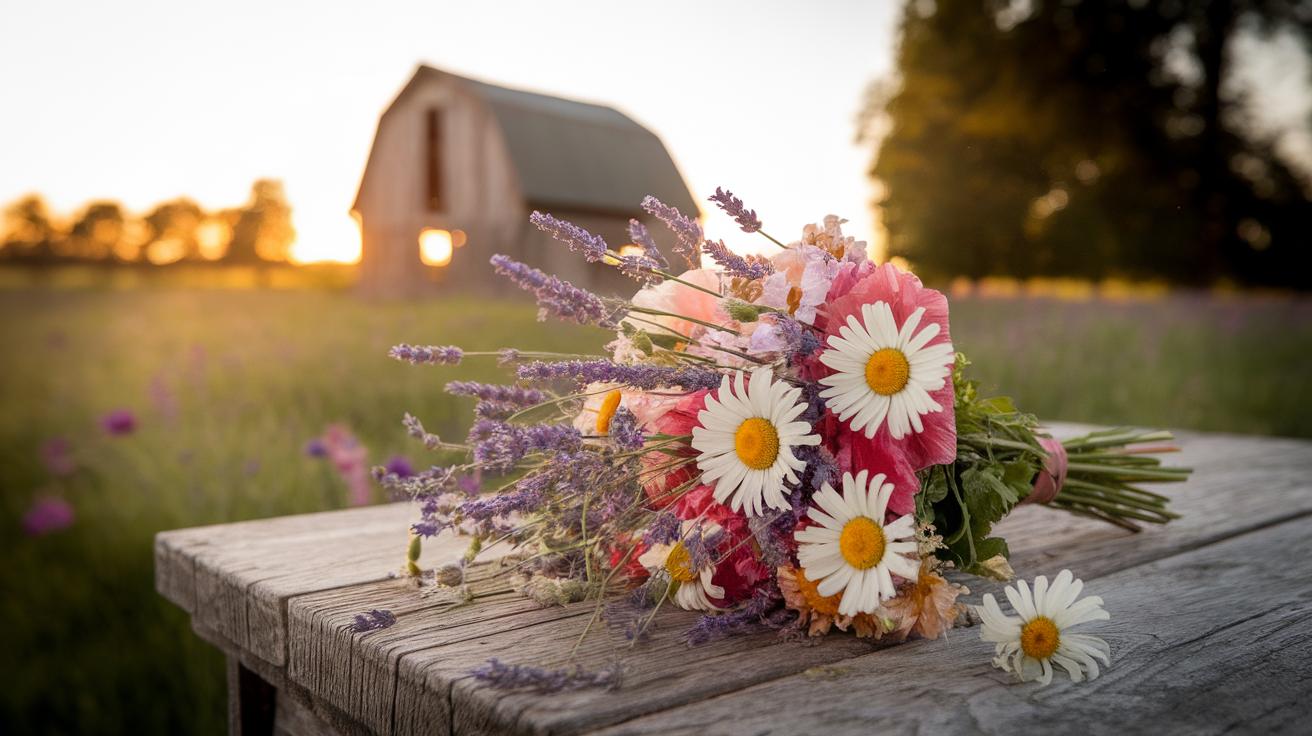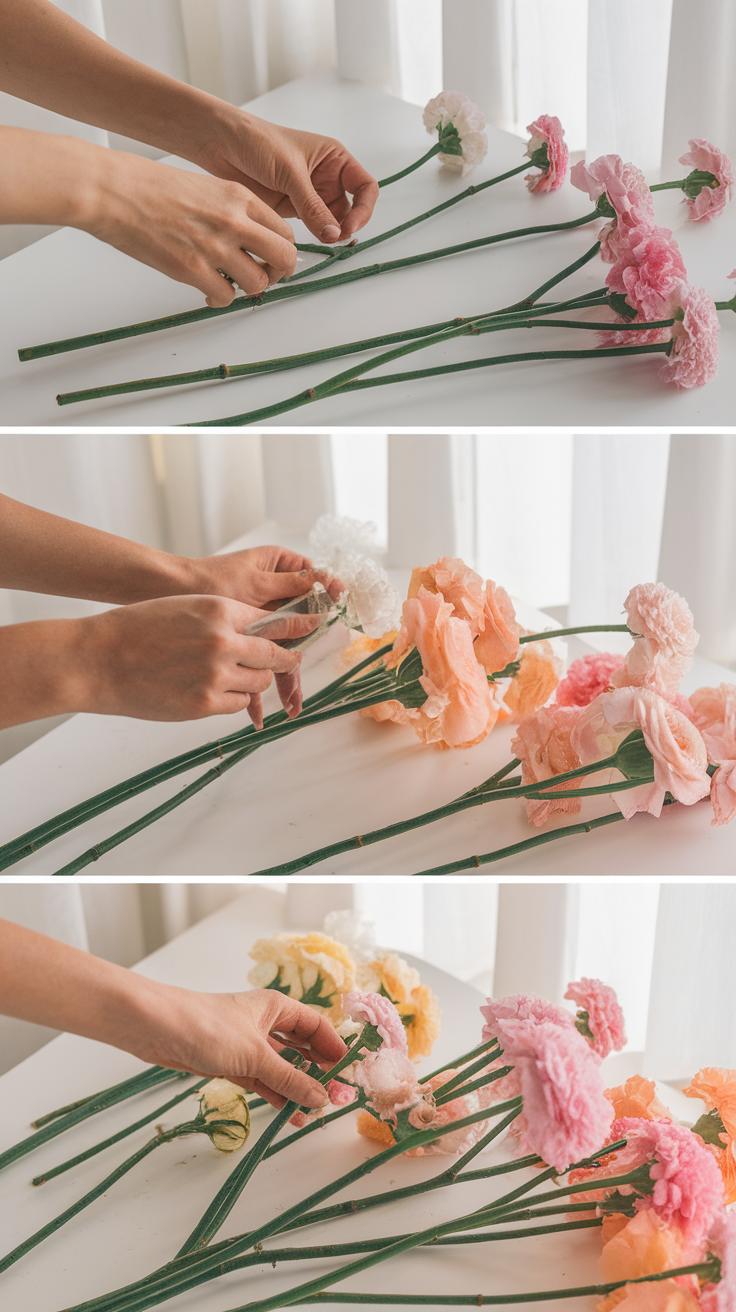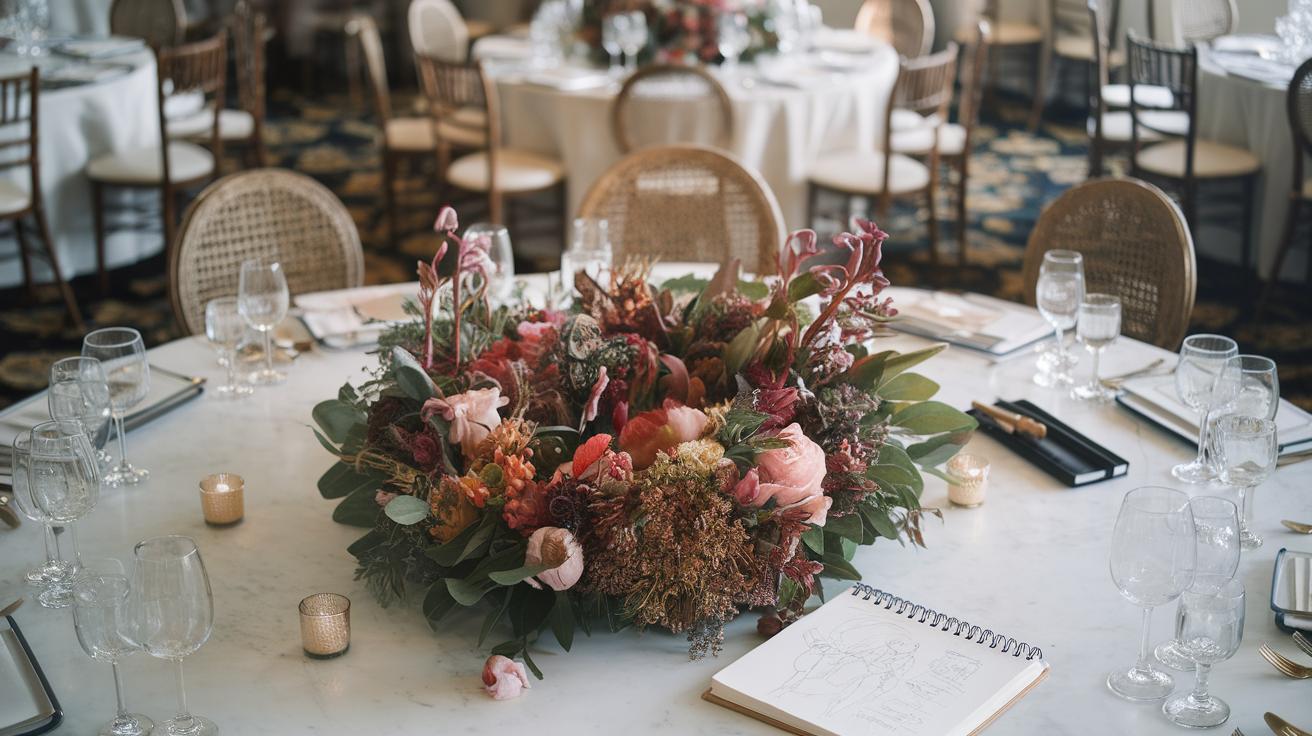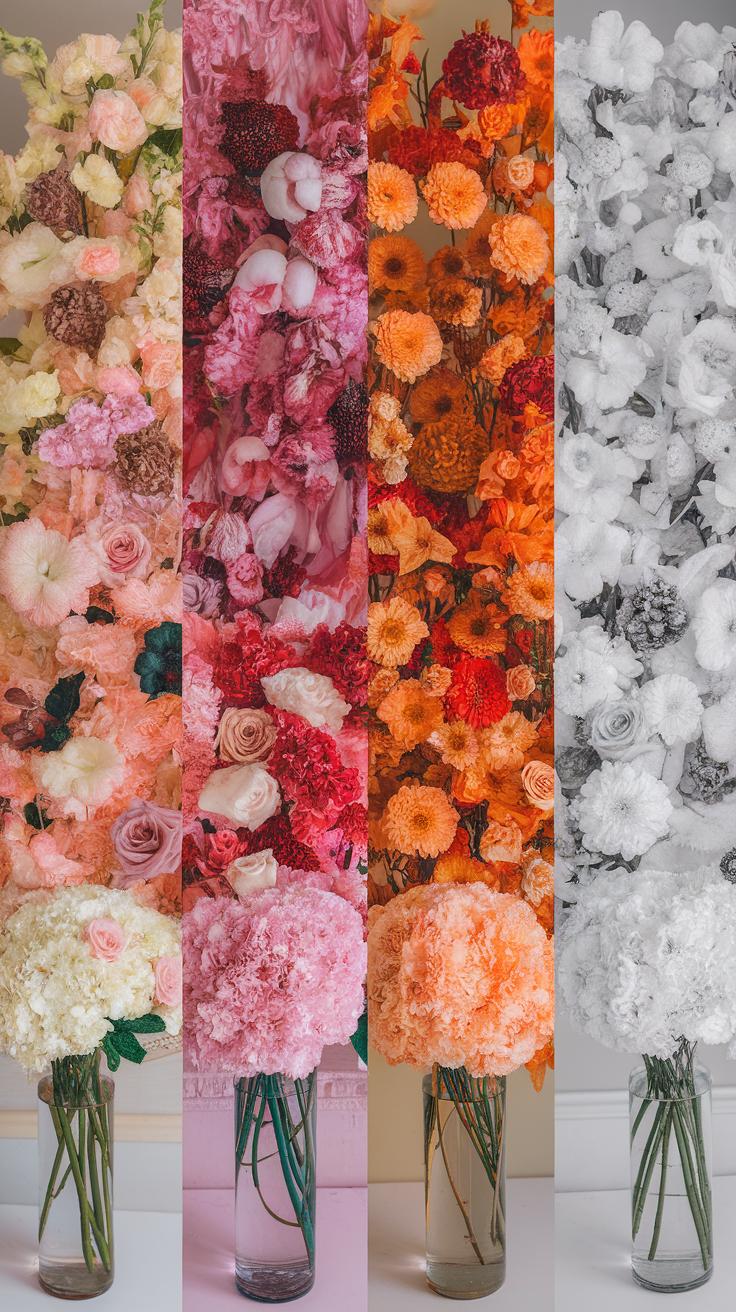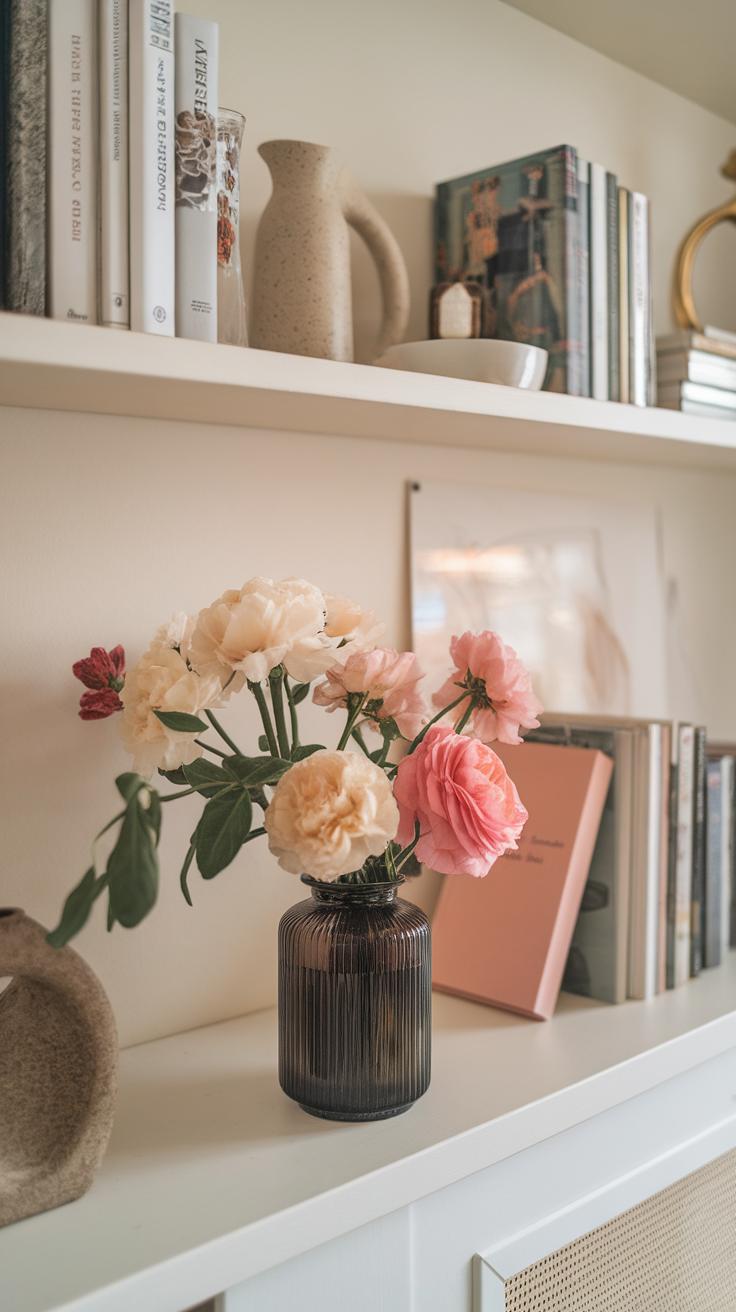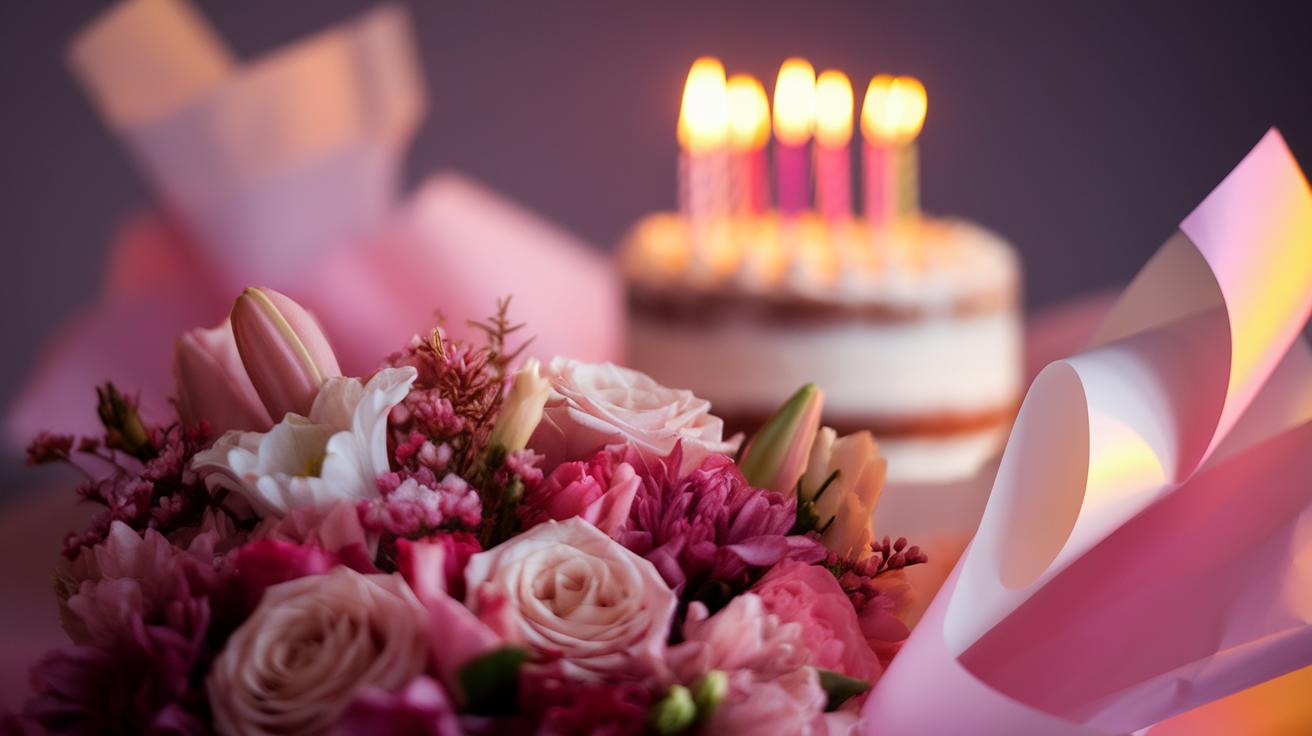Introduction
Fresh flower arrangements have the power to enhance any space and create a welcoming atmosphere. By using the right techniques, you can impress your guests and add a touch of elegance to your home. Whether you are preparing for a party, a special occasion, or simply wish to brighten your daily life, learning the basics of flower arrangement can be beneficial. This guide offers practical tips to help you design stunning floral displays.
Understanding the principles of floral design is essential. Selecting the right flowers, appropriate containers, and arranging them in a balanced way will lead to captivating displays. From the color palette to the arrangement style, every detail matters. Let’s dive deeper into effective strategies to create flower arrangements that not only look beautiful but also resonate with your guests. Prepare to transform everyday spaces into floral masterpieces.
Understanding Floral Design
Floral design involves using specific principles to create effective and engaging flower arrangements. These principles include balance, proportion, contrast, and harmony. Balance ensures your arrangement feels stable. You can use symmetry for a formal look or asymmetry for a more casual appeal. Proportion is about making sure the size of your flowers and the container work together well. Think about how big your flowers are compared to the vase.
Contrast adds interest. Mixing colors or shapes can catch the eye. For example, pairing round flowers with spiky ones creates visual intrigue. Harmony ties everything together. Choose flowers that share similar colors or textures to create a cohesive look. Experiment with these elements to find your unique style. What combinations will wow your guests the most? By understanding these basics, you can enhance your floral creations and impress anyone who sees them.
Choosing the Right Flowers
Understanding Color, Scent, and Seasonality
Pay attention to the colors of the flowers you choose. Flowers can create a mood or highlight your space. Think about your event. Do you want bright hues for a cheerful gathering or soft tones for a calm dinner? Use color theory. Colors like red and orange energize, while blue and purple relax. You can even complement your room’s decor.
Considering Scent and Seasonal Blooms
Scent plays a major role in floral arrangements. Some flowers, like roses and lilies, have strong fragrances. Others, like sunflowers, offer a pleasant but mild scent. Consider how scents may affect your guests. Do you want a floral fragrance, or should it stay subtle? Seasonality matters too. Certain flowers are available only at specific times. For example, peonies bloom in spring. Look for flowers in season to ensure freshness and availability.
Ask yourself which flowers resonate with your style and preferences. You’ll create arrangements that not only look great but also evoke feelings and memories. Balance the elements of color, scent, and seasonality, and you’ll wow your guests with your floral design skills.
The Role of Containers
Containers play a crucial role in floral arrangements. They not only hold the flowers but also influence the overall aesthetic. Choosing the right container can elevate your display and make a statement. Consider the shape and material. A tall glass vase can highlight long-stemmed flowers, while a rustic basket adds a casual touch.
Think about the size as well. Large arrangements need bigger containers to prevent overcrowding. Small containers work well for intimate settings or single stems. The container should complement the flowers and not overshadow them. For example, bright, colorful blooms stand out in a simple white vase.
Ask yourself: What mood do you want to create? A sleek metal vase conveys modernity, while an antique ceramic jar might evoke nostalgia. Take time to select containers that reflect your style and the theme of your event. The right choice can transform a simple bouquet into a captivating centerpiece.
Creating Balance in Arrangements
Achieving balance in your floral designs makes all the difference. A balanced arrangement feels stable and pleasing to the eye. You can create visual balance by using different techniques. One effective method involves grouping flowers of similar sizes together. This allows larger blooms to be offset by smaller ones. Think about how you can arrange flowers to evenly distribute visual weight across your design.
Consider the color palette as well. If you have bold colors on one side, balance them with lighter shades on the other. This creates harmony without overwhelming the viewer. Is your focal point well-placed? Ensure it naturally draws attention, surrounded by supporting flowers that guide the eye around the arrangement. Personalized touches, like adding greenery or unique fillers, can contribute to balance while showcasing your creativity.
Focal Points and Accent Flowers
Creating a focal point in your flower arrangement is vital. This element catches the viewer’s eye and adds interest. Choose one or two standout flowers. These should be larger or more colorful than the rest. For example, a brilliant red rose can serve as the centerpiece, drawing attention immediately.
Position your focal flowers at the center or slightly off-center. Arrange the other flowers around them to guide the eye. Use accent flowers to complement your main focal points. These flowers should feature contrasting colors or shapes, enhancing the overall design without overshadowing the main attractions.
Have you ever noticed how a bright sunflower can elevate an arrangement of softer blooms? Experiment by mixing shapes and colors to create depth. Don’t hesitate to try various combinations until you find what resonates. Your guests will be impressed by how you showcase these elements, turning a simple bouquet into a striking display.
Texture in Floral Arrangements
Texture adds depth and intrigue to your floral arrangements. Mixing various textures can create visual and tactile interest. Try combining smooth petals with spiky foliage or soft blooms with rugged branches. This contrast captures attention and creates a more dynamic display.
Consider using a variety of flowers, leaves, and even non-floral elements. For example, pair delicate roses with thistles or eucalyptus for an exciting contrast. Textured containers, like rough stone or glossy ceramic, can also enhance your arrangement’s appeal.
Ask yourself how different textures can influence your arrangement. Do you want a romantic feel or a bold statement? Experiment with different combinations until you find what expresses your style. Document your favorite pairings to improve in the future. Every arrangement is a chance to learn and grow in your floral design skills.
Maintaining Fresh Flowers
Caring for fresh flowers is key to keeping them vibrant for longer. Start by cutting the stems before placing them in water. Use a sharp knife to make a clean cut at a 45-degree angle. This increases the surface area for water absorption. Remove any leaves that will sit below the water line. Leaves in water can rot and promote bacteria growth.
Choose the right vase. Avoid overcrowding your flowers, as they need space to breathe. Use a clean vessel to prevent any buildup of harmful bacteria. Fill it with fresh, cool water. Adding flower food can also help nourish the blooms. Consider changing the water every two days to keep it fresh.
Place your arrangement away from direct sunlight and heat sources. Flowers thrive in cool conditions. To enhance their lifespan, mist them lightly with water. Pay attention to how they look daily, and remove any wilting blooms. This allows the remaining flowers to thrive.
How do you feel about experimenting with different care techniques? Trying out various methods can lead you to discover what works best for your favorite flowers. Caring for your arrangements properly can make a significant difference in their longevity and beauty.
Arranging Flowers Step by Step
Start by choosing a clean workspace. Gather your tools: scissors, a vase, and a floral foam or grid if needed. Select fresh flowers that complement each other in color and shape. Consider using a mix of focal flowers, filler flowers, and greenery.
Trim the stems at an angle. This helps the flowers absorb water. Remove any leaves that will sit below the waterline to keep the water clean. Begin by placing the focal flowers in the vase first. These create the main visual impact.
Add filler flowers next. Space them evenly around the focal flowers. Incorporate greenery to add depth. Adjust the arrangement as you go. Step back and view it from different angles. This allows you to see if any areas look sparse or crowded.
Finally, add water to the vase and place it in a suitable location. Regularly check the water level. Doing this keeps your arrangement fresh and inviting for guests.
Seasonal Arrangements
Creating seasonal arrangements enhances your home’s atmosphere. Each season offers unique flowers and colors that can bring joy to any space. For spring, use tulips, daffodils, and hyacinths. Their vibrant colors symbolize renewal. A simple mix in a glass vase can create an inviting look.
In summer, opt for sunflowers, zinnias, and dahlias. These flowers bring warmth and cheer. You might arrange them in a rustic basket or terracotta pot for a fresh outdoor feel. Fall invites the use of chrysanthemums and asters. Incorporating elements like small pumpkins can add a seasonal touch.
In winter, consider using evergreens and poinsettias, which evoke a cozy ambiance. Pairing white and red flowers can create a festive vibe. Think about what each season symbolizes for you and how flowers can represent that theme. What stories can your arrangements tell your guests? Your choices matter.
Showcasing Your Arrangements
Display makes a difference in how guests perceive your floral arrangements. Start by choosing the right location. A bright, well-lit area enhances the colors and textures of your flowers. Consider placing arrangements at various heights. Use stands or hanging vases to create visual interest. This approach draws the eye and keeps viewers engaged.
Think about the background too. Neutral colors allow your flowers to stand out. Avoid cluttered settings that distract from your arrangement. Group similar flowers or use contrasting colors for dynamic displays. Experiment with container styles. Glass vases showcase stems, while ceramic pots add rustic charm.
How do you want your guests to feel? Aim for warmth and invitation. Add props like candles or stones to complement your floral design. Your arrangements should not just be seen; they should also encourage conversation and admiration.
Conclusions
Incorporating fresh flowers into your home decor can create a lively and inviting environment. With consideration for colors, textures, and arrangements, you can craft displays that leave a lasting impression. Remember that practice is key; the more you experiment with different styles, the more skilled you will become. Don’t hesitate to use your creativity and personal touch in each arrangement.
By applying the tips outlined in this article, you can develop your skills and create stunning flower arrangements. Observing the reactions of your guests will be fulfilling. Floral design is not just an art; it’s a way to share beauty and joy with others. Embrace this opportunity to wow your guests with effortless elegance through fresh flowers.

